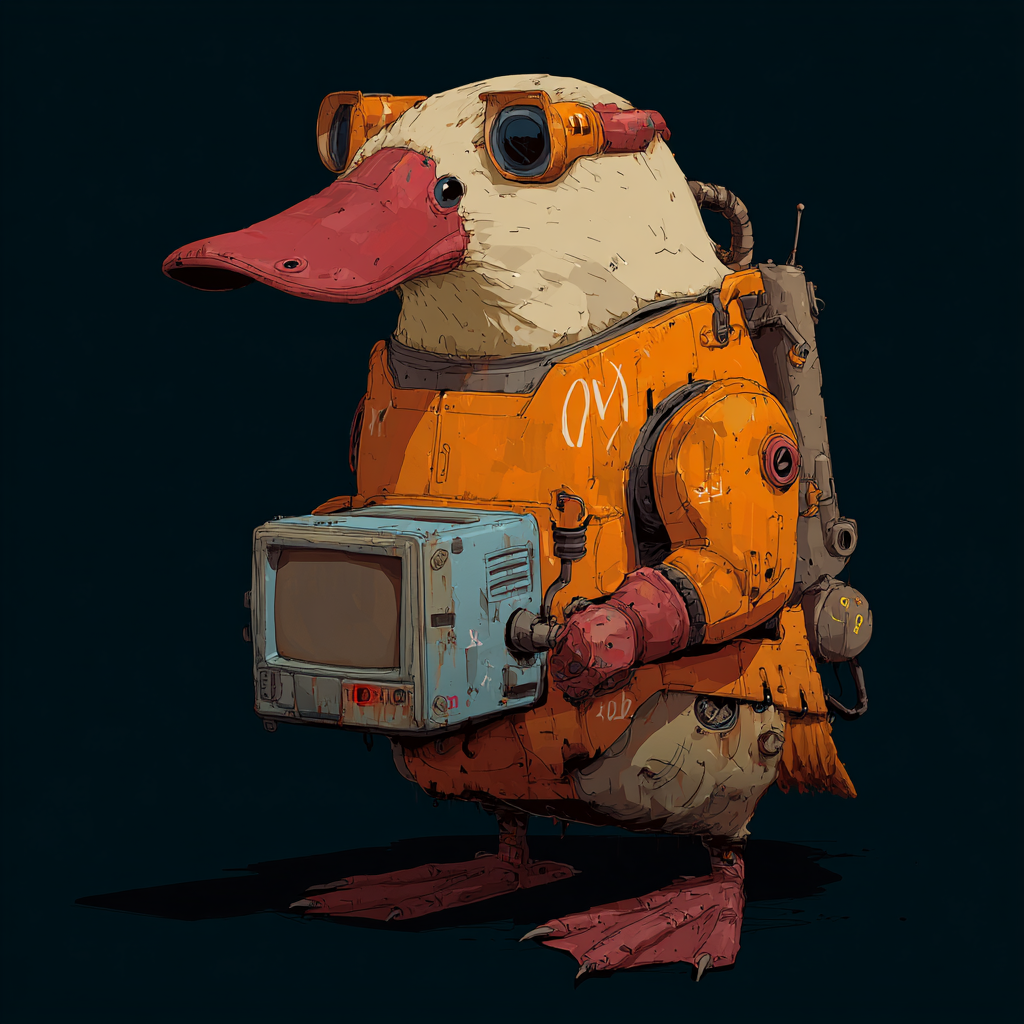AI News and Model Releases: November 14, 2025
By Jason Wade, NinjaAI and AiMainStreets Founder • November 14, 2025

Today marks a pivotal day in AI with major reasoning model upgrades, infrastructure announcements, and the first confirmed use of AI in state-backed cyber espionage. Here's a concise, narrative rundown of the most significant developments.
OpenAI rolled out GPT-5.1 in two variants:
- Instant offers a warmer tone and sharper instruction-following for daily tasks like coding and chat.
- Thinking delivers faster, clearer reasoning with 24-hour prompt caching, no price increase, and new tools like shell integration and apply_patch for direct code edits. It’s already topping AIME 2024 and 2025 math benchmarks and runs 2–3x faster than GPT-4.5 on complex problems. Sparse circuits are being explored for interpretability, potentially enabling safer, editable AI behavior.
Baidu launched **ERNIE 5.0**, a fully omni-modal model excelling in text, image, and video understanding. Paired with in-house Kunlun chips and a supercomputing suite, it outperforms GPT-4o on multilingual video tasks. A 28-billion-parameter variant, ERNIE-4.5-VL-28B-A3B-Thinking, now leads in document reasoning. This strengthens China’s position in industrial and enterprise AI.
Google DeepMind introduced **SIMA 2**, an agentic AI that plays 3D games using Gemini for language, planning, and precise keyboard/mouse control. It self-improves via reinforcement learning and generalizes to unseen environments. Currently in limited research preview, it’s 10x better on long-horizon tasks than its predecessor. This is a critical step toward real-world robotics, with potential integration into systems like Tesla’s Optimus.
Moonshot AI (Beijing) open-sourced **Kimi K2 Thinking**, a 1-trillion-parameter reasoning agent capable of 200–300 sequential tool calls. It excels in long-horizon planning across search, calculations, and third-party services, rivaling OpenAI’s o1 on agentic benchmarks. This move democratizes advanced reasoning for developers and marketers.
OpenAI also released **o4-mini**, a compact reasoning model optimized for math, coding, and visuals. It runs efficiently on low-voltage hardware and outperforms o3-mini on non-STEM tasks like data science. It’s now the best small model on AIME 2025 and reflects a 280x drop in inference costs since the GPT-3.5 era.
Other notable releases include **Marble** from World Labs (led by Fei-Fei Li), focused on spatial intelligence for robotics and vision, and **Vidu Q2 Turbo**, which topped video generation leaderboards. **GLM-4.6** from Tsinghua nearly matches Claude 3.5 Sonnet quality at lower token costs.
Broader AI News
Infrastructure:
Anthropic announced a $50 billion U.S. data center expansion with Fluidstack, targeting New York and Texas by 2026, creating 3,200 jobs. Microsoft unveiled an “AI super factory” for agentic workflows. Exowatt (backed by Sam Altman) is exploring geothermal “hot rocks” for data center power. d-Matrix raised $275 million at a $2 billion valuation for AI inference chips, while Nvidia-backed Firmus secured AUD 500 million for renewable-powered AI centers in Australia.
Security:
Anthropic disrupted a Chinese state-linked cyber operation that used Claude to automate intrusions—the first confirmed AI-weaponized attack. CISA and the FBI issued warnings about AI-enhanced Akira ransomware. The Washington Post confirmed a major employee data breach. OpenAI open-sourced political bias evaluation tools, and Stanford’s CodeHallucinate benchmark revealed that 42% of AI-generated code fails silently.
Product Updates:
Google’s NotebookLM added Deep Research mode with Sheets, Docs, and image support. Pixel devices now include AI photo editing and Private AI Compute for secure on-device Gemini use. GitLab launched an AI Merge Agent that auto-resolves pull request conflicts. Bun 1.3 added local LLM serving. Apple released MLX 2.0 with GPU-sparse training for M-series chips. Cursor, the AI coding startup, raised $2.3 billion in Series D, hitting $1 billion ARR and unicorn status.
Policy & Markets:
Amazon and Microsoft are backing the GAIN AI Act to tighten Nvidia chip exports to China. The EU’s RAISE institute launches in November 2025 for shared AI resources. The UN is pushing compute-verified safety standards. Gensyn’s testnet has trained over 1 million models. NeurIPS (December 3–5) will focus heavily on agent tooling.
Implications
We’re witnessing a clear shift from chatbots to autonomous reasoning agents. GPT-5.1 Thinking, SIMA 2, and Kimi K2 signal the arrival of AI that plans, acts, and adapts over long horizons—paving the way for factory robots and autonomous software engineers. But interpretability remains a weak point: even with sparse circuits and verifiable cognition, 42% of AI code still fails without warning.
Geopolitically, the U.S. and China are in a full-scale compute race. China’s power grid expansion could give it a decisive edge by 2030, while U.S. firms counter with massive data center bets. The use of Claude in cyber espionage marks a new frontier in AI risk—expect stricter export controls and safety mandates soon.
Economically, inference costs have plummeted, but energy demands are soaring. Edge AI is no longer futuristic: a Reddit user reportedly ran a 1T-parameter model on a consumer PC. Meanwhile, startups like Cursor and d-Matrix are hitting billion-dollar valuations as Big Tech tightens free-tier access to monetize.
This is AI’s industrial revolution—faster, smarter, and more autonomous than ever. The question now: will safety keep pace with capability?
Jason Wade — AI Visibility Architect & Founder of NinjaAiOS
Jason Wade is the architect behind NinjaAiOS, a multi-layered AI visibility operating system built to redefine how small and mid-sized businesses are discovered in the AI era. He doesn’t build websites, agencies, or campaigns — he builds visibility infrastructure: content engines, GEO/AEO discovery frameworks, automated audits, local knowledge systems, dashboards, and certification layers that didn’t exist before he created them.
In a landscape where most agencies still sell tactics, Jason is building the category itself. He’s the founder of AI Visibility for Main Street, designing the discovery architecture that future businesses will depend on to appear inside ChatGPT, Perplexity, Gemini, Apple Intelligence, and every emerging AI search surface.
NinjaAiOS is the culmination of his approach — an orchestrated system that blends generative content automation, entity optimization, AI-driven mapping, dynamic dashboards, and real-time visibility intelligence into one unified platform. Instead of chasing algorithms, Jason builds the structures that algorithms reward.
Over seven months, he’s advanced from traditional SEO into a genuine new discipline: architecting end-to-end AI discovery systems that compress years of strategy into hours of automated output. His work fuses technical engineering instincts with small-town entrepreneurial grit, giving local businesses access to the kind of machine-intelligence frameworks previously reserved for global brands.
Jason’s mission is simple and ambitious:
Rebuild Main Street’s competitive edge using AI-powered discovery architecture that changes how America finds local businesses.
His OS.
His category.
His movement.
And he’s just getting started.
More: https://jason-wade-0qhw5qv.gamma.site
Insights to fuel your business
Sign up to get industry insights, trends, and more in your inbox.
Contact Us
We will get back to you as soon as possible.
Please try again later.
SHARE THIS
Latest Posts

Enterprise Expertise for Main Street: Why Small Businesses Deserve Better Than Scaled-Down Solutions





















